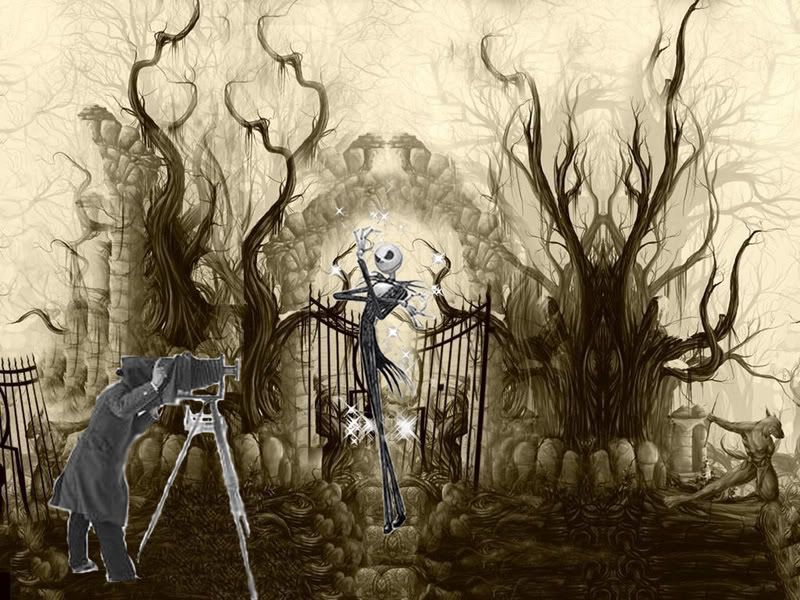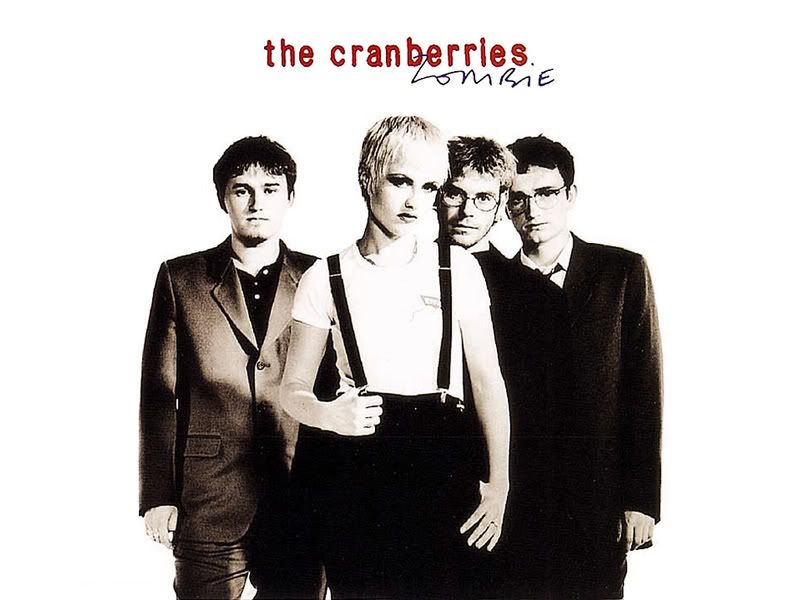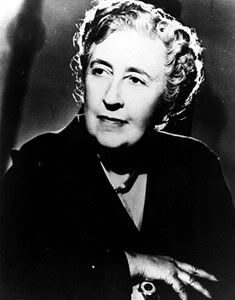|
myOtaku.com
• Join Today!
My Pages
• Home
• Portfolio
• Guestbook
Contact Me
AIM
• nope
Vitals
Birthday
• 1991-09-26
Gender
•
Female
Location
• Crawfordsville, IN
Member Since
• 2007-08-16
Occupation
• High School
Real Name
• lauren
Personal
Achievements
• well...i have many friends..and im alive..i think that's enough
Anime Fan Since
• 7th grade
Favorite Anime
• Bleach, FMA, Chobits, DNAngel
Goals
• to be a film maker
Hobbies
• collecting Harry Potter stuff, guard, legos, planting stuff, pokemon
Talents
• collecting HP stuff, art, figuring stuff out on my own.
|
|
|
Hello, everyone! My name is Lauren and Im 16. I live in Indiana. I go to Southmont High School. I love Harry Potter! Im in Color/Winter Guard (at State Fair guard got 2nd in state this year and the Royal Mountie Band got 8th over all!!!)
I love music such as: Marilyn Manson, Chevelle, The Academy Is, AFI, Audioslave, Avenged Sevenfold, Beck, Blink 182, Fall Out Boy, Foo Fighters, Godsmak, Greenday, Jet, The Killers, Mika, Morningwood, My Chemical Romance, Nirvana, Ozzy, Plain White T's, Red Letter Reason, Snow Patrol, Sodouner, Switchfoot, System of a Down, Tenacious D, Three Days Grace, The Used Wezer, and Wolfmother.

I made this in graphic arts.

Moonlight is my new obsesion.

Sunday, May 18, 2008
basically, this site is my whore.....im just using it.
Computing History
Lauren Bickel p.5
To find the first computing machine or method is like looking for a needle in a haystack: literally. There are so many inventions it’s hard to know where to start. The most practical, I guess, would to start at the beginning.
Tally marks. That’s right: tally marks! They’re probably the first way to record data. Tally marks (or tally sticks) can be grouped into certain numbers and then calculated easily. It is an “ancient memory aid device” to “record and document” things.
The Ishango Bone, believed to be over 20,000 years old, was found in Africa. The bone has three different columns of marks. Some scientists have suggested that “the groupings of notches indicate a mathematical understanding that goes beyond counting.” Alexander Marshack examined the bone, and concluded that it may represent a six-month lunar calendar. The tally mark-like findings on the bone are “believed to have been made by a woman”. Claudia Zaslavsky, an American educator, suggests this. She thinks that it may be for a woman’s menstrual cycle. The Ishango Bone is a Baboon’s fibula, which is located in the leg. It also has a sharp quartz fixed to the end of it, perhaps for writing?
The South Pointing Chariot is one of the most complex machines in the ancient world. It’s basically a compass that always points south. It was created by Yellow Emperor Huang Di. The chariot was wheeled around and no matter if it was turned right of left the gears on the chariot would make the little man on top point South the entire time.
The Antikythera Machine and the Abacus are tied for the same place. No one is sure which one came before the other, so I’m going to tell you about the Antikythera Machine. It’s believed to have been built by Archimedes, a Greek Mathematician. The only reason it may have been built by him is that it has many similar parts to some of his other works. It was found on a sunken ship in the Mediterranean Sea and dates back to about 250 BC. The Antikythera Machine was a mechanical device that could map the stars and other planets on “any given date, past or future.”
The Babylonians invented the Abacus around 300 BC. Now-a-days Abaci are usually made with beads, wire and a wooden frame. But they were first made with beads or stone that would sit in grooves on a flat surface. Flat surfaces would be something like wood, stone or metal. The Abacus has been ‘adopted’ by many cultures and countries. In fact it is still used by merchants and clerks today. Each sting (or groove) has beads on it. Depending on the culture, each string has a certain number of beads for easy calculation.
Moving these beads around helps us keep track of the data we want to know.
In 1821 Charles Babbage, an English mathematician, invented a mechanical computing machine called the Difference Engine. In 1833, when it was tested, it failed. Babbage then moved onto the Analytical Engine. Analytical means: “Of or relating to analysis or analytics.” To put it simply: it means that it had something to do with science and/or math. The machine was basically a calculator. It is said to have preformed “without human error”. It could calculate data faster then any existing method.
Babbage went to Cambridge University. Some time after he graduated he was elected Lucasian Professor of Mathematics. Newton and Stephen Hawking have held the same spot. He quit his professorship to give all of his attention to the Analytical Engine.
The Analytical Engine is a mechanical digital computer. It was to be steam powered. Hint: “was to be”. Babbage’s dream seemed to lack funds to get it up on it’s feet. It was only after electronic computers were built that the designers discovered the extant of what the machine could do.
In 1835 Joseph Henry invented the Relay. A realay is “a switch that can be opened and closed by another electric current. It’s considered an electical amplifier, because it puts out more electicity then is put into it.
Back came Babbage in 1847 with the Difference Engine No. 2. “The machine would have operated on 7th-order differences and 31-digit numbers.” Well, it turns out that Babbage had never built one. He had just made blue prints and such. So a team at London’s Science Museum built a working model. In 2000 they built a working printer to go along with it.
Ramon Verea invented a calculator with a multiplication table in 1878. It was praised because it made things so much easier and faster. Then funny thing is that he only invented it because he wanted to show people that “a Spaniard could invent something just as good as an American”. In 1879 Babbage finally died and it was agreed that his machines would be “impossible” to build now that he was gone.
Websites Used
www.fourmilab.com
www.enotes.com
www.thefreedictionary.com
www.answers.com
www.google.com
www.wikipedia.com
Comments
(0) |
Permalink
Friday, May 16, 2008
ignore this too.^^ thanks
Babbage went to Cambridge University. Some time after he graduated he was elected Lucasian Professor of Mathematics. The same spot has been held by Newton and Stephen Hawking. He quit his professorship to give all of his attention to the Analytical Engine
Comments
(0) |
Permalink
Thursday, May 15, 2008
just ignore this.
Seldom, if ever, in the history of technology has so long an interval separated the invention of a device and its realisation in hardware as that which elapsed between Charles Babbage's description, in 1837, of the Analytical Engine, a mechanical digital computer which, viewed with the benefit of a century and a half's hindsight, anticipated virtually every aspect of present-day computers. Charles Babbage (1792–1871) was an eminent figure in his day, elected Lucasian Professor of Mathematics at Cambridge in 1828 (the same Chair held by Newton and, in our days, Stephen Hawking); he resigned this professorship in 1839 to devote his full attention to the Analytical Engine. Babbage was a Fellow of the Royal Society and co-founder of the British Association for the Advancement of Science, the Royal Astronomical Society, and the Statistical Society of London. He was a close acquaintance of Charles Darwin, Sir John Herschel, Laplace, and Alexander Humboldt, and was author of more than eighty papers and books on a broad variety of topics.
These pages are an on-line museum celebrating Babbage's Analytical Engine. Here you will find a collection of original historical documents tracing the evolution of the Engine from the original concept through concrete design, ending in disappointment when it became clear it would never be built. You'll see concepts used every day in the design and programming of modern computers described for the very first time, often in a manner more lucid than contemporary expositions. You'll get a sense of how mathematics, science, and technology felt in the nineteenth century, and for the elegant language used in discussing those disciplines, and thereby peek into the personalities of the first computer engineer and programmer our species managed to produce. If you are their intellectual heir, perhaps you'll see yourself and your own work through their Victorian eyes.
Since we're fortunate enough to live in a world where Babbage's dream has been belatedly realised, albeit in silicon rather than brass, we can not only read about The Analytical Engine but experience it for ourselves. These pages include a Java-based emulator for The Analytical Engine and a variety of programs for it. You can run the emulator as an applet within a Web page or as a command-line application on your own computer (assuming it is equipped with a Java runtime environment). These pages are a museum, and its lobby is the Table of Contents, to which all other documents are linked. Rather than forcing you to follow a linear path through the various resources here, you can explore in any order you wish, returning to the Table of Contents to select the next document that strikes you as interesting. Every page has a link to the Table of Contents at the bottom, so it's easy to get back when you've finished reading a document or decided to put it aside and explore elsewhere.
Comments
(0) |
Permalink
Friday, February 8, 2008
¢¾Zombie by the Cranberries¢¾
Another head hangs lowly,
Child is slowly taken.
And the violence caused such silence,
Who are we mistaken?
But you see, it's not me, it's not my family.
In your head, in your head they are fighting,
With their tanks and their bombs,
And their bombs and their guns.
In your head, in your head, they are crying...
In your head, in your head,
Zombie, zombie, zombie,
Hey, hey, hey. What's in your head,
In your head,
Zombie, zombie, zombie?
Hey, hey, hey, hey, oh, dou, dou, dou, dou, dou...
Another mother's breakin',
Heart is taking over.
When the vi'lence causes silence,
We must be mistaken.
It's the same old theme since nineteen-sixteen.
In your head, in your head they're still fighting,
With their tanks and their bombs,
And their bombs and their guns.
In your head, in your head, they are dying...
In your head, in your head,
Zombie, zombie, zombie,
Hey, hey, hey. What's in your head,
In your head,
Zombie, zombie, zombie?
Hey, hey, hey, hey, oh, oh, oh,
Oh, oh, oh, oh, hey, oh, ya, ya-a...

Comments
(0) |
Permalink
Wednesday, January 9, 2008
Ten Little Sailor Boys by Agatha Christie
Ten Little Sailor Boys went out to dine,
One choked his little self, and then there were nine.
Nine Little Sailor Boys sat up very late,
One overslept himself, and then there were eight.
Eight Little Sailor Boys traveling in Devon,
One said he'd stay there, and then there were seven.
Seven Little Sailor Boys chopping up sticks,
One chopped himself in halves, and then there were six.
Six Little Sailor Boys playing with a hive,
A bumblebee stung one, and then there were five.
Five Little Sailor Boys going in for law,
One got in Chancery, and then there were four.
Four Little Sailor Boys going out to sea,
A red herring swallowed one, and then there were three.
Three Little Sailor Boys walking in the zoo,
A big bear hugged one, and then there were two.
Two Little Sailor Boys sitting in the sun,
One got frizzled up, and then there was one.
One Little Sailor Boy left all alone,
he went and hanged himself, and then there were none.

Comments
(0) |
Permalink
»
Archives
|
|